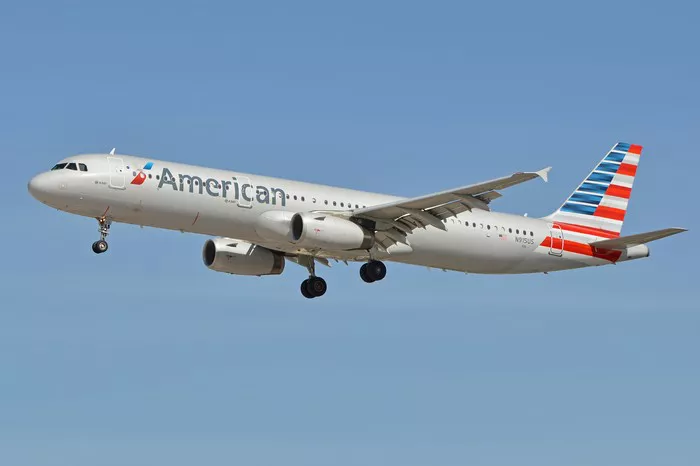A routine American Airlines flight turned into a serious safety concern Friday morning after engine debris from an Airbus A321 aircraft fell onto the runway shortly after takeoff from San Francisco International Airport (SFO), prompting an immediate response from ground crews and triggering an investigation by the Federal Aviation Administration (FAA).
Flight AA1175, bound for Dallas/Fort Worth International Airport, experienced the issue moments after departing Runway 01R. Ground crews later recovered a thrust reverser liner from the runway—a component of the aircraft’s left engine. The incident has reignited concerns about foreign object debris (FOD), engine fatigue, and aging aircraft fleets.
The aircraft, registered as N159AN, completed the flight and landed safely in Dallas. However, the missing engine part has placed the jet under FAA investigation and temporarily grounded it for inspection.
FAA Issues Alarm Over FOD, Engine Safety
The FAA has confirmed the recovery of the dislodged part and launched a formal investigation. The agency is evaluating potential causes, including material fatigue, manufacturing flaws, or maintenance oversights. The case is part of a wider push by aviation regulators to address the growing threat of FOD on runways, which can lead to mechanical failures, tire blowouts, and serious mid-air hazards.
While thrust reversers are not essential for flight, they play a crucial role in aiding landings—especially on short or wet runways. Their absence during high-speed operations could critically impact safety margins.
Aged Aircraft, Heavy Workloads Under Scrutiny
Delivered in 2016, the aircraft involved has logged over 30,000 flight hours and nearly 11,000 cycles, raising broader concerns about fleet aging and the wear tolerance of key engine parts. Experts note that the IAE V2500 engine type powering the aircraft has historically demonstrated reliability, but any component detachment during flight is considered serious.
Airlines across the U.S. are operating older aircraft longer, due in part to delays in new aircraft deliveries. This has led to compressed maintenance cycles and increased scrutiny of high-stress parts like thrust reversers.
Broader Implications for U.S. Aviation
The incident occurs at a critical time for U.S. aviation, just weeks ahead of peak summer travel. With travel demand soaring, any disruption or safety issue risks broader operational delays. Runway safety remains a key concern at airports like SFO, where a single debris event can ripple across the national air traffic network.
Meanwhile, foreign object debris events are on the rise. While many airports are adopting AI-based detection systems and advanced sensor technologies, manual inspections and pilot reports still play a vital role in daily operations.
American Airlines Responds Swiftly
American Airlines confirmed the incident and stated that the aircraft remains grounded for full inspection. The carrier emphasized its commitment to passenger safety and is cooperating fully with FAA investigators.
“This incident reinforces the importance of rigorous inspection protocols and detailed maintenance checks,” an airline spokesperson said.
Safety Record Intact—But Public Confidence Shaken
Despite the safe landing and absence of injuries, the incident has unnerved travelers and raised pressing questions about the reliability of aging aircraft during high-cycle operations.
While air travel remains statistically the safest form of transportation, this event highlights how even a non-catastrophic mechanical failure can stir public concern and trigger regulatory action.
What’s Next?
The FAA’s findings could lead to temporary inspections across fleets operating similar aircraft and engines. Airlines may be required to reassess maintenance intervals, especially for aircraft nearing mid-life cycles.
Depending on the investigation outcome, potential actions may include:
- Airworthiness directives from the FAA
- Increased inspections of thrust reversers and related components
- Operational reviews of maintenance schedules for A321 fleets
Conclusion
While American Airlines Flight AA1175 landed without incident, the discovery of engine debris on the runway is more than a maintenance anomaly—it’s a cautionary tale about aviation’s margin for error. As U.S. carriers stretch aging fleets to meet demand, safety systems will face more stress. The FAA investigation now underway could determine how the industry responds to this wake-up call.

